Kelulut (Trigona sp.)
It didn't feel like morning came so quickly. Even though everyone still wants to linger in their bed, immersed in sweet dreams. But the sound of a rooster crowing like an alarm woke everyone up. "It's time for you to get up and get ready for work!"
Everyone has to work for life, including pollinators. I noticed that the Muntingia (Ceri) flowers blooming in the yard had attracted pollinators to come. There was kelulut among them.
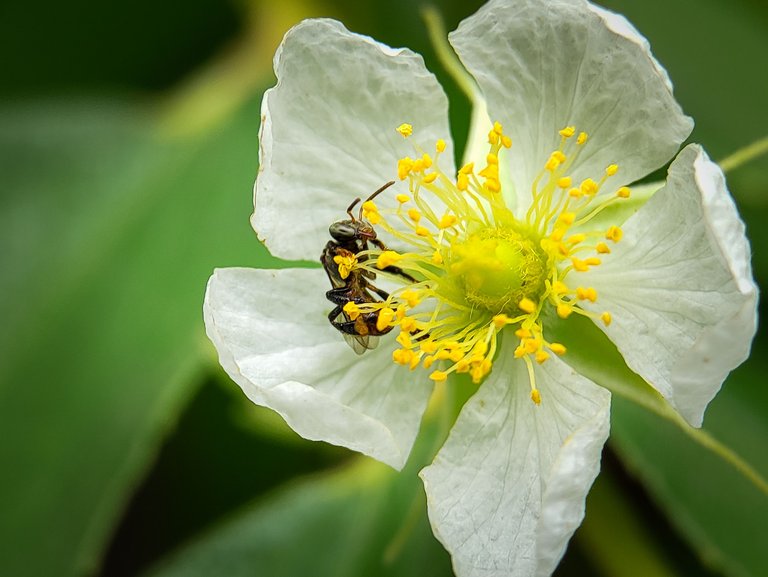

Kelulut is the local term in Indonesia for stingless honeybees (Trigona sp.). They are very small, but because they have dark bodies, their presence is quite a contrast to the white Muntingia flowers.
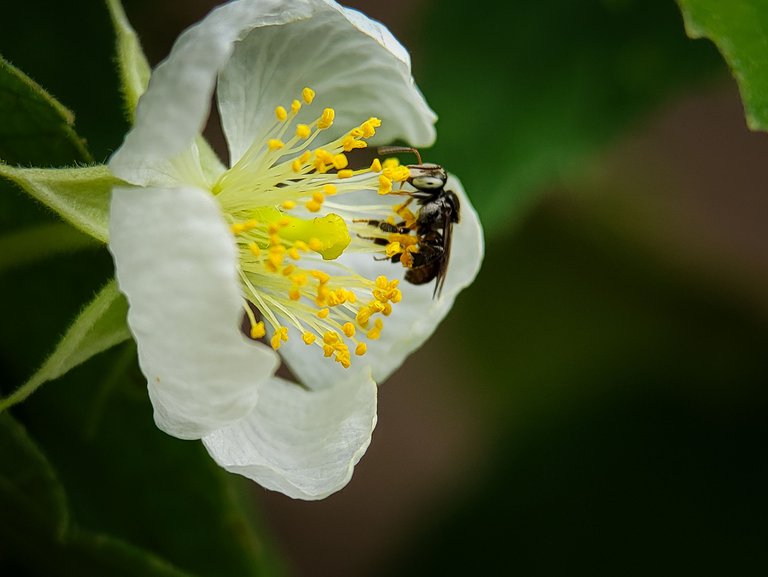
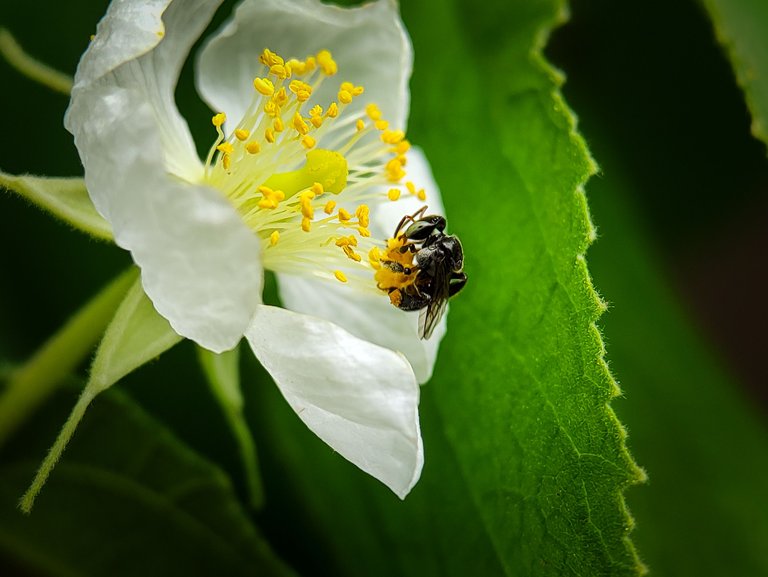
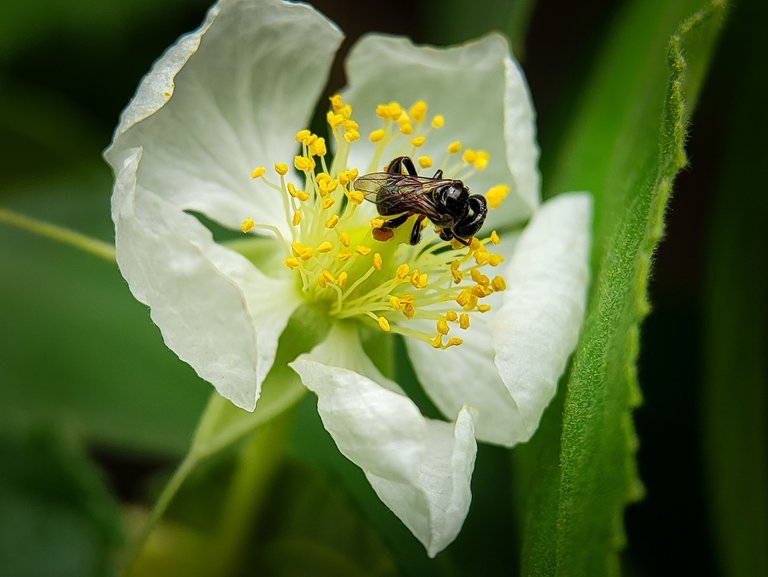
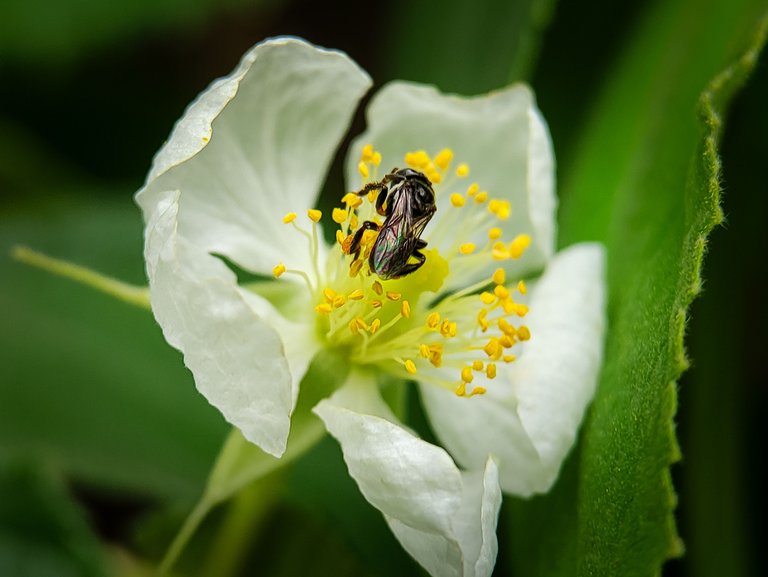
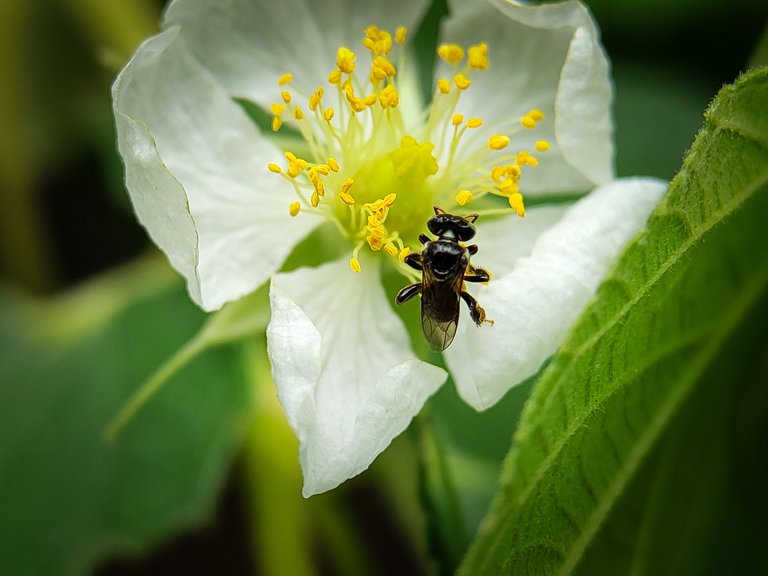
Muntingia flowers have many stamens that contain delicious sweet nectar. All pollinators enjoy the nectar party while the flowers have not fallen.
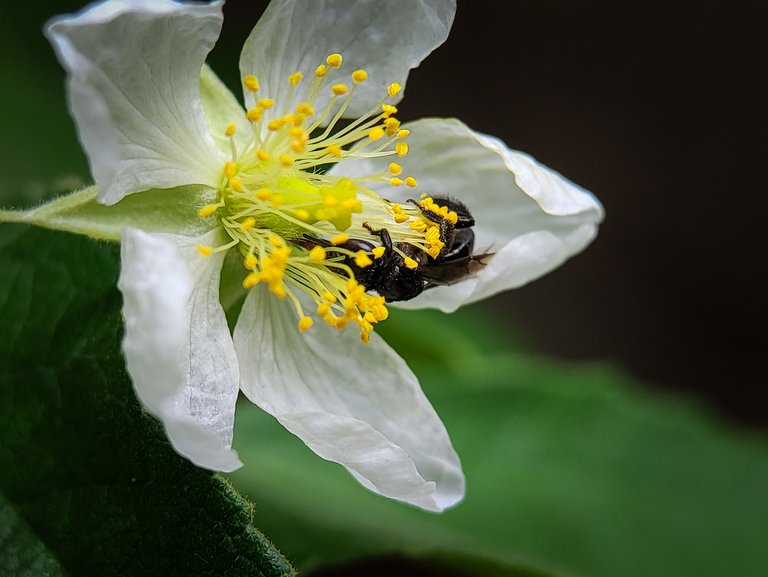
There was also a black kelulut. Slightly larger than the first one. Maybe it is another species of stingless bee, or maybe a physical difference between male and female kelulut.


Some local people here cultivate kelulut bees. The local farmers made several wooden crates as nests around their homes. Kelulut honey bees have economic value and are very good for a healthy lifestyle.
Meanwhile, wild kelulut colonies build nests in bamboo holes or wooden holes in house buildings. Nothing disturbs their existence. Yes, because kelulut is a stingless bee. They are friendly towards humans and livestock.